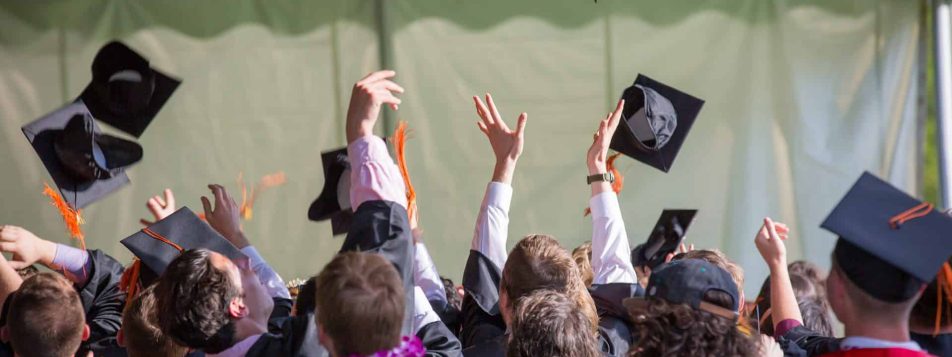What is the education system in Singapore like?
Education is a major priority for the government. It has one of the best education systems in the world. Free education is available for all Singaporean children at the primary and secondary levels.
The government also pays for the education of children of Singaporeans studying overseas. The school system is divided into three levels.
The first level is the primary, which includes the Primary One to Four (P1 to P6) stage.
The second level is the secondary, which includes the Secondary One to Three (S1 to S3) stage.
The third level is the pre-university stage, which includes the Pre-University One to Two (PU1 to PU2) stage.
Short brief of Singapore Examination system.
All Singaporeans attend primary school, and most attend secondary school. Students have to sit for the Primary School Leaving Examination (PSLE) at the end of primary school.
This examination determines whether or not they can enter secondary school. Students who do not pass the examination may be required to repeat primary school, or attend a ‘stream’ or a ‘special’ class in a secondary school.
Students who do well enough in the PSLE generally proceed to a secondary school, which includes a junior college and a technical school.
There are also special schools for students with learning difficulties. Students who do well in the PSLE may also proceed to the junior college.
However, they need to apply and pass the Singapore-Cambridge General Certificate of Education (Ordinary Level) examination, and they have to take an English language examination.
After the senior secondary stage, students can proceed to an institution of higher learning.
The pre-university course is a two-year programme which serves as a preparation for the International Baccalaureate or A-Level examinations, which students sit in the third year of the pre-university course.
The pre-university course is not compulsory. Students who do not enter it may progress directly to the first year of an institution of higher learning.
What is the higher education system in Singapore like?
The education system in Singapore also includes institutions of higher learning.
These include the National University of Singapore (NUS), Nanyang Technological University (NTU), Singapore Management University (SMU), Singapore Institute of Management (SIM),
Singapore Institute of Technology (SIT), Singapore University of Social Sciences (SUSS), and Singapore Polytechnic (SP).
The only way to enter these institutions is to have a place at the National University of Singapore, which is a government-funded university.
Short brief of Singapore admission system.
National University of Singapore admission system.
NUS grants admission to students based on their PSLE results, their performance in the A-Level examinations, and whether they have met the minimum requirements for the university programmes they wish to enter.
Students who do well in the PSLE generally go to a junior college, and then enter the NUS. NUS places students in its most popular courses based on their grades in the A-Level examinations.
However, students may also apply for vacancies in other courses. Students may also enter the NUS through the Joint University Programmes Admissions System (JUPAS), which includes both the A-Level examinations and the PSLE.
Students may also apply for the Direct School Admission scheme, which is a system that allows students to enter the NUS based on their performance in an examination conducted by the school.
Another important institution of higher learning is the Nanyang Technological University, which is also a government-funded university.
Nanyang Technological University admission system.
NTU places students in its most competitive courses based on their grades in the A-Level examinations. However, students may also apply for vacancies in other courses.
Students may also enter the NTU through the Joint University Programmes Admissions System (JUPAS), which includes both the A-Level examinations and the PSLE.
Students may also apply for the Direct School Admission scheme, which is a system that allows students to enter the NTU based on their performance in an examination conducted by the school.
Singapore Management University admission system.
The Singapore Management University also grants admission to students based on their PSLE results, their performance in the A-Level examinations, and whether they have met the minimum requirements for the university programmes they wish to enter.
If you are looking for a tutor to support your primary school lesson, try Cudy. Register on our website to find the best tutors and studying content in your field of study. We are an easy-to-use website that helps students to connect with tutors. You can even contact multiple tutors at once.






